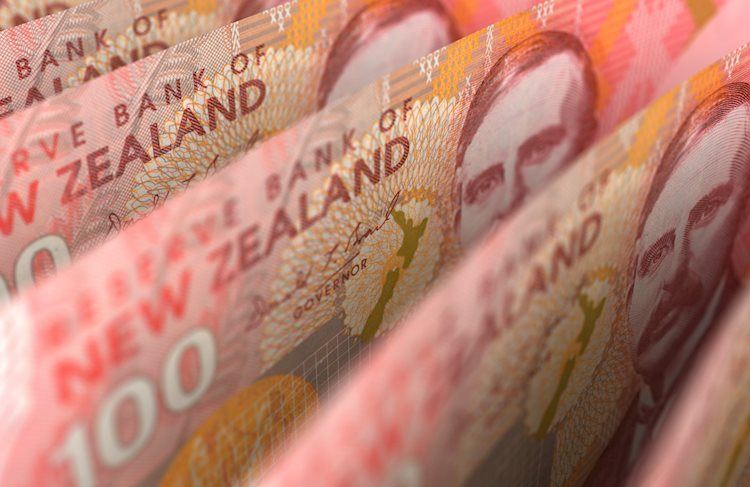Share:
AUD/USD hits a daily high of 0.6328 before dropping due to heightened Middle East tensions.
US Dollar remains strong, with US equities in the red and Treasury bond yields dropping.
Latest Aussie employment report shows easing labor market, aligning with the RBA’s decision to keep rates at 4.10%.
The Australian Dollar (AUD) dropped vs. the US Dollar (USD) on Friday in the mid-North American session after the pair hit a daily high of 0.6328. Still, risk-aversion amidst heightened tension in the Middle East weighs on the AUD/USD, which trades at 0.6318, down 0.17%.
The Greenback (USD) remains strong as risk appetite keeps US equities in the red, while US Treasury bond yields dropped. The Israel-Hamas conflict is at the brisk of an escalation, while US Federal Reserve (Fed) officials dictate the path of market sentiment.
On Friday, two Federal Reserve officials remained cautious regarding monetary policy, though both expressed that inflation remains high and the Fed would need patience.
Atlanta’s Fed President Raphael Bostic stated that along with opening the door for a rate cut in 2024. In the meantime, Cleveland’s Fed President Loretta Mester said the Fed is at or near peak rate hike cycle, adding that the US central bank would be data defendant in the next monetary policy meeting.
Aside from this, the latest Aussie employment report showed the labor market is easing, a welcome development by the Reserve Bank of Australia (RBA), which kept rates unchanged at the last meeting at 4.10%, despite speculations for further tightening. Governor of the Reserve Bank of Australia, Michele Bullock stated that if inflation persists above projections, the RBA will take responsive policy measures.
The daily chart shows the downtrend is intact, as the current week’s high aligns with the recent market structure of lower highs and lows, which could pave the way for additional losses. If AUD/USD slides beneath 0.6285, the pair could aim lower and challenge the October 21 daily low of 0.6210 before testing the latest cycle low of 0.6169. Conversely, if the pair stays above 0.6300, Aussie (AUD) buyers could remain hopeful of testing the 50-day moving average (DMA) At 0.6405. Once cleared, the latest cycle high could be exposed at 0.6501.
Share:
Feed news
Information on these pages contains forward-looking statements that involve risks and uncertainties. Markets and instruments profiled on this page are for informational purposes only and should not in any way come across as a recommendation to buy or sell in these assets. You should do your own thorough research before making any investment decisions. FXStreet does not in any way guarantee that this information is free from mistakes, errors, or material misstatements. It also does not guarantee that this information is of a timely nature. Investing in Open Markets involves a great deal of risk, including the loss of all or a portion of your investment, as well as emotional distress. All risks, losses and costs associated with investing, including total loss of principal, are your responsibility. The views and opinions expressed in this article are those of the authors and do not necessarily reflect the official policy or position of FXStreet nor its advertisers. The author will not be held responsible for information that is found at the end of links posted on this page.
If not otherwise explicitly mentioned in the body of the article, at the time of writing, the author has no position in any stock mentioned in this article and no business relationship with any company mentioned. The author has not received compensation for writing this article, other than from FXStreet.
FXStreet and the author do not provide personalized recommendations. The author makes no representations as to the accuracy, completeness, or suitability of this information. FXStreet and the author will not be liable for any errors, omissions or any losses, injuries or damages arising from this information and its display or use. Errors and omissions excepted.
The author and FXStreet are not registered investment advisors and nothing in this article is intended to be investment advice.





